Citation analysis tracks an article’s cited and citing references to discover an article’s wider relationships.
An example of a citation analysis in Web of Science using an article co-authored by ANU academic Prof Emily Banks (NCEPH), 353 cited references are listed along with the reference list of the article.
Access the Web of Science via ANU Library's A-Z listing of databases.
An example of a Citation overview in Scopus using the same article, 363 cited references are listed.
Click on Citation overview to see the number of citations per year and who has cited.
An example of a Citation overview in Google Scholar using the same article, 448 cited references are listed.
The count is dependent on a few things:
Page Contact: ANU Library Communication
+61 2 6125 5111
The Australian National University, Canberra
CRICOS Provider : 00120C

